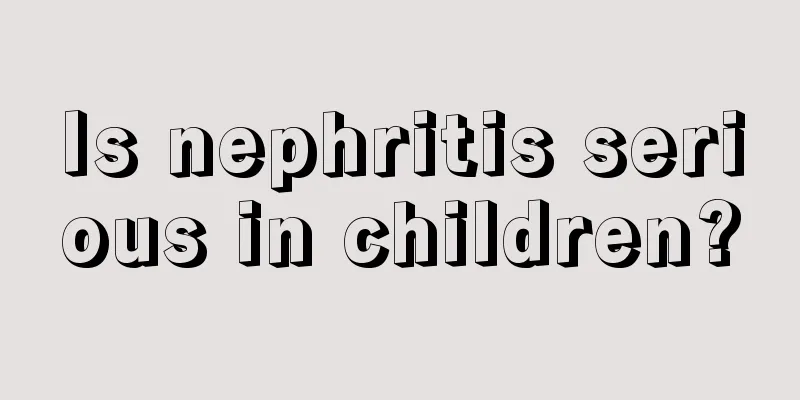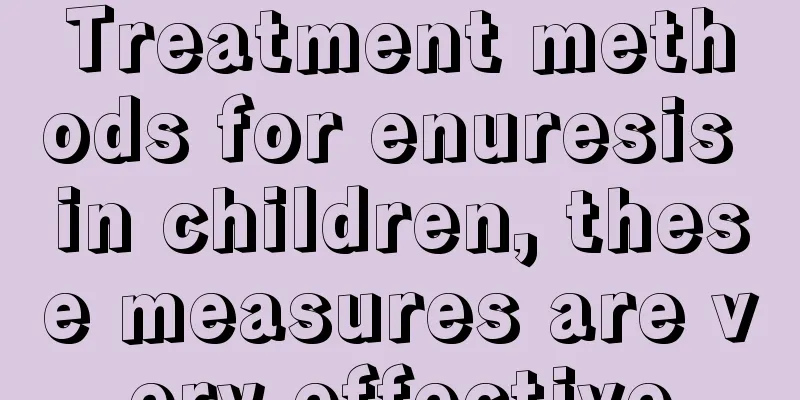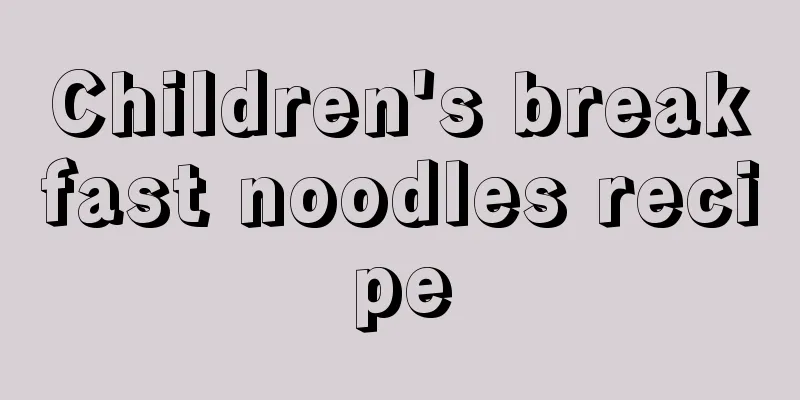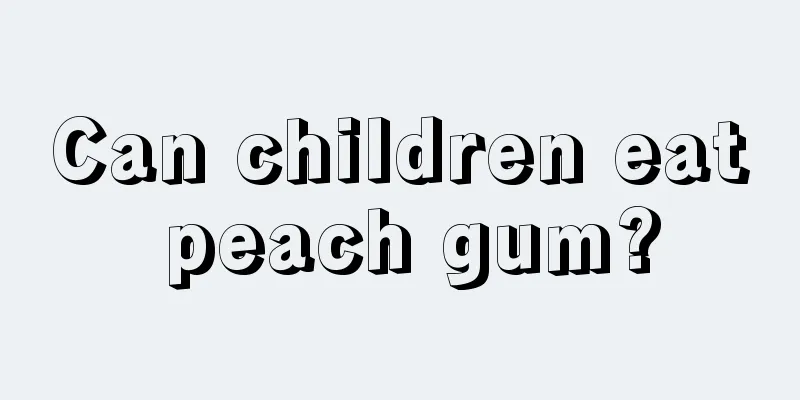Is nephritis serious in children?

|
Generally speaking, nephritis often occurs after a cold or other inflammation of the body, and is mainly caused by bacterial infection. People with nephritis should pay attention to rest and it is best to actively seek treatment. So is nephritis serious in children? Let me introduce it to you below. This disease often has precursor infections such as acute tonsillitis and skin pustulosis 1-4 weeks before the onset of the disease. Symptoms initially include low fever, dizziness, nausea, vomiting, loss of appetite, etc. These symptoms are no different from general fever infection, are not likely to attract people's attention, and are often ignored. Edema and oliguria are the characteristics of this disease. Generally, the edema starts from the child's eyelids and gradually spreads to the whole body. There is no depression when pressing with fingers. When edema occurs, the urine volume is significantly reduced or even absent. Within about 1-2 weeks, the urine volume gradually increases and the edema gradually subsides. In most children, hematuria is invisible to the naked eye, and only a small number of children have visible hematuria. The color of hematuria can be bright red like meat washing water or dark tea color. This is related to the acidity and alkalinity of urine. I hope you will pay attention to this when observing the urine of children. Generally, this visible hematuria disappears within 1-2 weeks. Children with hypertension experience nausea, vomiting, and dizziness, but if blood pressure rises too quickly, many serious complications may occur. At present, the medical and health conditions in my country's cities have been greatly improved. Chronic nephritis can be treated promptly when it occurs, so serious cases are rare in cities, but they still occur in remote rural areas. If these serious diseases are not discovered early and treated in time, they can lead to the death of the child. In the early stage of the disease, the child's urine volume decreases significantly, edema worsens, breathing becomes rapid, heart rate increases, and irritability occurs. Then the condition may deteriorate rapidly, with difficulty breathing, inability to lie flat, pale complexion, cold limbs, frequent coughing, and pink foamy sputum, indicating that the child has heart failure. If the child experiences severe dizziness, nausea, vomiting, and transient blindness in the early stages of the disease, or in severe cases, sudden convulsions and coma, these are manifestations of hypertensive encephalopathy. Some severe cases develop chronic renal failure in the early stages. |
<<: Five-month-old baby's brain is nourished, and dietary conditioning has a good effect
>>: Diagnostic criteria for sepsis in children
Recommend
Baby limb convulsions
When the baby has convulsions in the limbs, paren...
The reason why babies like to kick the quilt
It is very common that babies always like to kick...
Symptoms of hemolytic uremic disease in children
Hemolytic uremic disease is a malignant disease t...
What to do if your child has red spots on his lips
The healthy growth of children is of concern to e...
How to train children with congenital amblyopia?
Many children suffer from congenital amblyopia. I...
What to do if your baby is stung by a bee?
The baby's skin is very tender, so we need to...
What causes alcohol poisoning in babies?
When it comes to physical cooling, everyone may k...
Children with crooked teeth
Children are a group that needs a lot of care, bu...
How to supplement calcium for infants with laryngeal stridor
We all know that the reason why babies suffer fro...
What to do if a 4-year-old child coughs
It is quite common for a 4-year-old child to coug...
Newborn baby herpes
The health of a newborn baby is very important. F...
Allergic asthma in children
Children have low immunity, so they are very vuln...
What is the reason for the child's convulsions?
Convulsions in children are a very common pediatr...
What to do if your eight-month-old baby has flat blood
Iron deficiency anemia is a common disease in chi...
Are children's mosquito coils harmful to babies?
In summer, flies and mosquitoes will multiply in ...









